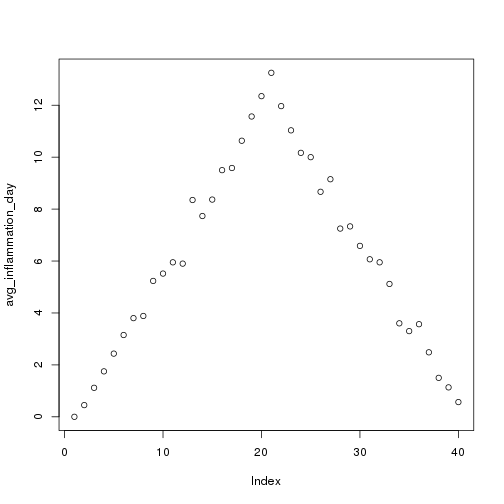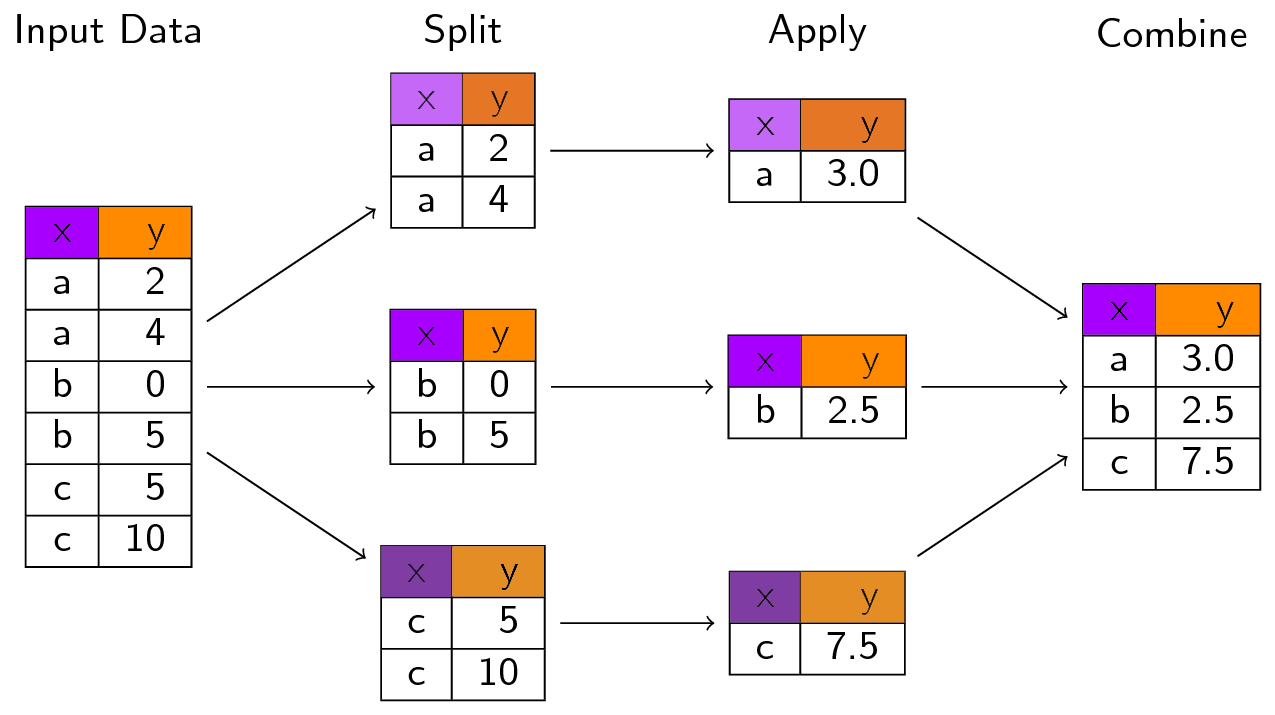Please do take notes on the course etherpad:
http://pad.software-carpentry.org/2017-12-04-standrews
- Communal notes: share your understanding, and benefit from others
- Ask questions: get detailed answers with links and examples
- A record/reference for after the course


























